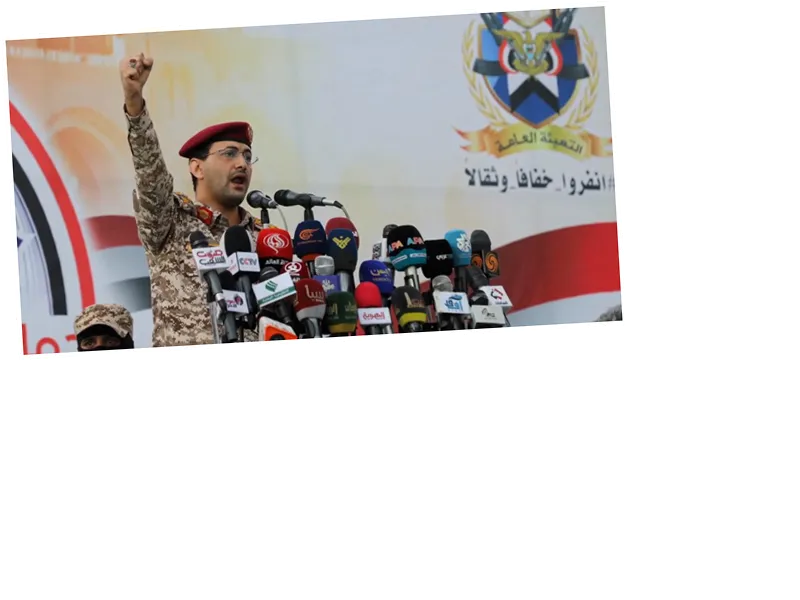Military and strategic expert Fayez Al-Duwairi has provided critical insights into the evolving tactics of resistance movements in the region, particularly focusing on recent operations targeting Tel Aviv. He notes that the use of explosive charges represents a significant advancement in the methods employed by these groups, indicating a qualitative shift in their operational capabilities. This has reportedly caused a sense of alarm within Israeli leadership circles.
In a recent analysis, Al-Duwairi commented on the Israeli military's decision to withdraw from areas such as Tulkarm and Tubas, suggesting that this should not be interpreted as a complete pullback but rather a strategic repositioning. He emphasized the importance of understanding the historical context of these actions, particularly the deep-seated resistance in Jenin, which remains a focal point of Israeli military operations due to its complex history of conflict.
Al-Duwairi also urged caution in expectations placed on resistance youth in the West Bank, highlighting the immense challenges they face, including aggressive actions from the Israeli occupation and the Palestinian Authority's crackdown on dissent. Despite these hurdles, he praised their resilience and capability in mounting significant resistance efforts.
Looking ahead, Al-Duwairi anticipates that the current military operations may reach a conclusion soon, although he acknowledges that the prevailing conditions—marked by increased harassment of civilians, expanding checkpoints, and rising settler violence—could ignite further escalations in resistance activities.
- The ongoing tension in the region has been exacerbated by a series of violent encounters and increasing military presence. Experts like Al-Duwairi suggest that the historical significance of locations such as Jenin plays a crucial role in shaping current military strategies and responses.
- The Israeli military's operations are not just about immediate tactical gains but also involve a psychological component aimed at undermining the morale of resistance groups. The situation remains fluid, and the potential for further conflict persists as both sides navigate the complex landscape of military engagement and civilian impact.






